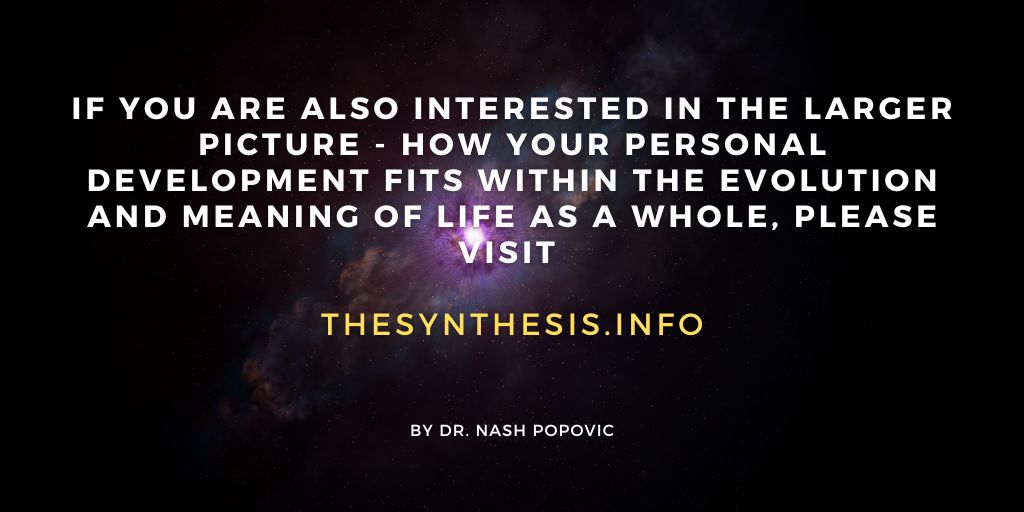40. Resolve
If one advances confidently in the direction of his dreams, and endeavours to live the life which he has imagined, he will meet with a success unexpected in common hours.
Henry David Thoreau (American 19c philosopher)
Having goals is important, but to put them into practice (especially long-term ones) you also need sustained resolve. Resolve can be broken down into determination and persistence, so these two topics will be covered here.
Determination
Determination is resoluteness to do what you intend despite temptations, drawbacks, obstacles or contrary desires (your own or somebody else’s). In other words, it means not giving in to yourself or others, and following your goals despite internal or external pressures that go against them. This implies that nothing should divert you from acting upon your decision, except another decision based on new insights or information (e.g. you hear on the radio that the place you want to go fishing is flooded). This ability can be a great personal asset, because even if everything else fails, you know that you can always rely on yourself.
The first step – make up your mind!
Do you sometimes still weigh up your options even after you have taken an action? Once you are clear about your aim and start making steps towards its realisation it is not helpful to keep thinking about it. An overlap between deciding and acting (i.e. mulling over other choices after having already moved in a certain direction) increases insecurity and negatively affects the quality of performance.
Doubt, as a part of the process of assessing and deciding, may help you avoid mistakes and make right decisions, but it is unproductive when it interferes with the already taken action. Your state of mind can contribute to the sense of being on the right track, in the right place at the right time, which, in turn, increases confidence and improves performance.
Determination check: before attempting to realise your goal it may be worthwhile asking yourself the following: ‘on the scale from one to ten, how determined am I to fulfil my aim?’ To clarify, this is not about how certain you are that you will achieve it, but how determined you are to do so. If it is not ten, why not? What needs to happen to make it ten? If you can’t think about anything, you may need to consider modifying or even abandoning your aim. Half- hearted intentions are unlikely to get you very far.
What else supports determination?
Here are some suggestions:
- Maintaining your focus on the aim rather than on temptations or obstacles (this is not unlike wearing blinkers to avoid being distracted – you can even imagine that you are wearing them)
- Seeing the value, believing in what you are doing
- Feedback and support from others
- Visualisation (see p.71, bottom)
Persistence
Many people are good at starting projects and taking the first steps towards accomplishing them, but then they quickly give up. This is where persistence plays a part and it requires overcoming internal and external resistance. Let’s consider both.
Internal resistance
Internal resistance decreases strength and efficiency because it creates an inner conflict, so you end up spending more time and energy on inner fights than on the task on hand. These are some common forms of inner resistance:
- You don’t like what accomplishing the goal entails (e.g. many people have an earnest intention to get a degree but don’t like studying). Internal resistance in this case can be minimised if it is treated as a challenge within a challenge. Let’s take the fear of boredom as an example, as it is quite common. If you find revising for an exam boring, you can first use some strategies to deal with boredom (see p.142) or try to make the task more interesting (e.g. by revising with somebody else).
- You don’t want to carry on as something else has grabbed your attention. Remember though that if you switch to something else, you may end up in the same place you are now with your current activity – eyeing up something else! So you will bag a lot of enthusiastic starts but accomplish nothing. To avoid this, imagine that you have already achieved both projects. Which one would be more worthwhile? Stick with that one till the end, and only then turn to something else.
- You start doubting that you can make it to the end, usually in a mid-course dip when you feel that you are running out of steam. Two things can help in this situation: push yourself until the first post (e.g. if you are writing a book, persuade yourself to finish the chapter that you are writing and then see how you feel about continuing). Continue on auto-pilot and remember that you are likely to experience a second wind when you get closer to the end (as its vicinity makes us excited).
External resistance
Persistence in this respect means not giving up even if the first round is lost. Losing is not yet defeat. If you feel that your journey is an uphill struggle, it doesn’t necessarily mean that you should abandon your project. The method, i.e. the way you are doing things, may be worth considering and changing first.
Ask yourself, ‘How else I can achieve my goal besides what I am already doing?’ If nothing can be changed or nothing else can be done and you still feel that you are failing or that things don’t go well, stop if you can, and give yourself a break to regroup. Then ask yourself whether it is worth continuing (are you failing or have you already failed?) If it is, what is the first step that is achievable (what is the one thing that can be done)? Start with something that is not too challenging in order to regain confidence and break the spell of a ‘bad day’.
Let’s now consider in more detail when it is good to make changes and when it is best to give up.
To change or not to change? Both trying to keep things unchanged and making unnecessary changes can interfere with the flow of events and be counterproductive. Preventing change can temporarily provide some constancy, control and predictability, but it may result in missing better options or being forced to make even greater changes later.
On the other hand, making superficial changes to avoid dealing with deeper issues or making rushed changes can be costly and ineffective. Take, for example, new managers who typically try to make some changes as soon as they start work in order to assert their authority and to be seen to be doing something – and in the process often spoil what has actually worked well. Letting events unfold may sometimes be better. Asking yourself the following questions can help you determine when to initiate a change and when to carry on as before:
- Must the change be made? If so, there is no point in dragging your feet, it only prolongs the discomfort of the transition.
- If you don’t have to make a change, ask yourself whether or not that change is really a change for the better.
- Finally, consider if making the change is worth effort (as well as time, money, possible conflicts with others etc.).
Don’t worry if you have mixed feelings, that’s ok; what matters most is that you are generally comfortable with both, change and no change, rather than being pushed by the fear of either.
When to give up
Persistence may become stubbornness if you don’t know when to give up. Sometimes, for example, we continue pursuing unrealistic goals only because of previous investments (as a gambler who keeps playing with a hope that he will manage to retrieve his initial loss). When we keep going just because we feel that we have invested too much to quit, it is called entrapment. It can be avoided if you set a limit in advance on future investments (time, effort, money) and resolve to stop when that point is reached. To make it easier, imagine that you have continued and lost even more. Let yourself experience how it would feel. From that point of view where you are now may not look so bad and you should be able to stop.

